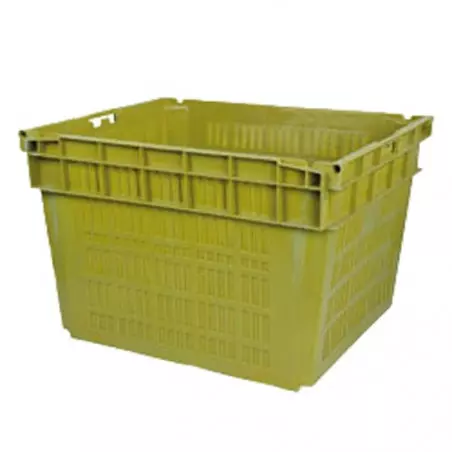An increased prolificacy has been achieved in the past decades, which has caused reduction in the individual piglet birth weight. Therefore, several nutritional strategies have been assessed during late pregnancy for their ability to improve the piglet birth weight. The aim of the present study was to evaluate the effects of two different feeding levels (1.8 and 2.2 kg/d) during the last third of gestation on the female reproductive performance and piglet birth weight. For this purpose, 421 females (303 sows and 118 gilts) were randomly assigned to one of the 2 feed intake treatments and fed on a diet based on corn-soybean meal (3.25 Mcal ME per kg and 0.65% standardized ileal digestible lysine) from day 90 of gestation until farrowing. The females were weighed on day 90 and day 112 of gestation, and at weaning. Born alive and stillborn piglets were weighed within 12 h of birth. Feed intake during lactation and litter performance were measured in a randomly selected subsample of 53 sows from each treatment. The data was analyzed using generalized linear mixed models, considering the females as the experimental unit.
From day 90 to day 112, females fed with the higher feeding level (2.2 kg/d) exhibited greater body weight gain compared to the females fed on 1.8 kg/d. However, no evidence was observed on piglet birth weight and on the within-litter coefficient of variation, for both gilts and sows. No differences were neither detected in the stillborn rate, mummified-fetus rate, and percentage of piglets weighing less than 1 kg at birth between treatments. During lactation, females fed on 1.8 kg/d of diet exhibited greater feed intake compared to the females fed on 2.2 kg/d. Weaning weight, weaning-to-estrus interval, subsequent litter size, and culling rate were not affected by the dietary levels.

In conclusion, increasing the feed intake during the last third of gestation increased the females’ body weight gain, but demonstrated no effect on the piglet birth weight and reduced the lactation feed intake. Furthermore, no evidence of the effects of the treatments was observed on the litter growth rate or on the subsequent female reproductive performance.
Mallmann, A. L., Betiolo, F. B., Camilloti, E., Mellagi, A. P. G., Ulguim, R. R., Wentz, I., Bernardi, M. L., Goncalves, M. A. D., Kummer, R., and Bortolozzo, F. P. Two different feeding levels during late gestation in gilts and sows under commercial conditions: impact on piglet birth weight and female reproductive performance. Journal of Animal Science 96.10 (2018): 4209-4219. https://doi.org/10.1093/jas/sky297





